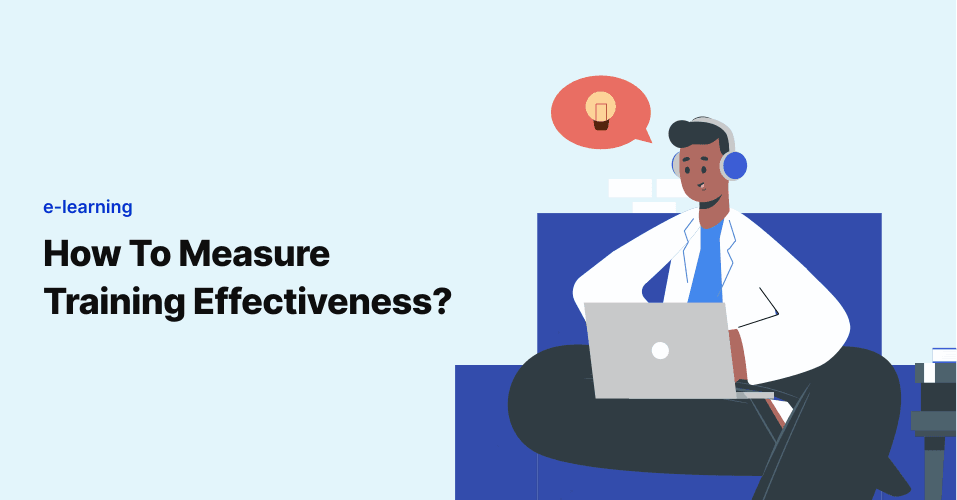
Measuring Training: Surveys
Evaluating how the training was delivered in the perception of the learner is a needed observation for the …

Historically, EHR training at hospitals has comprised of:
However, these traditional delivery mechanisms for training do not scale well. They are not reliable channels to ensure that the end-users receive the learning they need to serve the patients with a high degree of reliability. An industry assessment on the efficacy of training reported that training was a significant issue with ambulatory providers. This assessment indicated that:
Training in Healthcare is not only essential but critical to the everyday functions of hospital staff and care providers. The information must be available, correct, credible, and absorbed quickly, a problem that traditional instructor-led platforms are simply unable to provide adequately. In one customer’s case, the Go-live of Epic was decentralized across multiple states, including 13 hospitals, 15,000 Epic users, and 4,000 providers. In addition to many updates and release notes, this widely dispersed target population required ongoing training events. Not to be forgotten is the maintenance behind the curriculum. Ensuring instructors are up-to-date with the content creates a costly, time-consuming effort to stay relevant and up-to-date on critical functions. Organizations need a solution that can provide the right amount of autonomy to meet the variable training demands while reducing training time and information overload.
Here is where Microlearning and video training strategies come into play. They offer new, unique solutions to the growing problem of cost-effective and timely training. In many cases, microlearning and videos can provide a powerful learning platform with the following advantages:
Microlearning and video provide a plethora of benefits to not only the end-user but to all involved. The videos provided during the pilot provided users with focused information on precisely what they needed to know, in short, “chunks.” This chunking of communication made the content more palatable and easier to retain. Get only the information you want and get it on demand. This approach also ensures users receive a consistent message across all platforms, and the content can serve as on-the-job performance aids given their “micro” size and training autonomy.
Due to the short training duration, microlearning costs are lower than traditional e-learning. Microlearning content can be created and deployed much quicker and is less stressful than conventional learning methods.
Center of Studies on Human Stress said:
“When you are stressed… this stress takes a lot of resources from your brain and interferes with your capacity to encode any new information.”
Information overload is real. We generated 90 percent of the world’s data in the past two years alone! The ability to find what you need and when you need it will save you time, effort, and energy.
In one of our customer projects, in the following month (4-7 weeks post-launch), the microlearning videos were still being accessed regularly, showing the true power of the on-demand learning culture. Data showed that the higher usage of these videos due to their on-demand accessibility and simplicity was equal to 482 questions. If it had been a more traditional learning setting, these questions could have gone unanswered.
Join over 3,200 subscribers and keep up-to-date with the latest innovations & best practices in Healthcare IT.

Evaluating how the training was delivered in the perception of the learner is a needed observation for the …

Not too long ago, our hero Jacob, an instructional designer by profession, worked for a global organization …

The need for software support in healthcare is inevitable, especially with the transition to EMRs. Service …